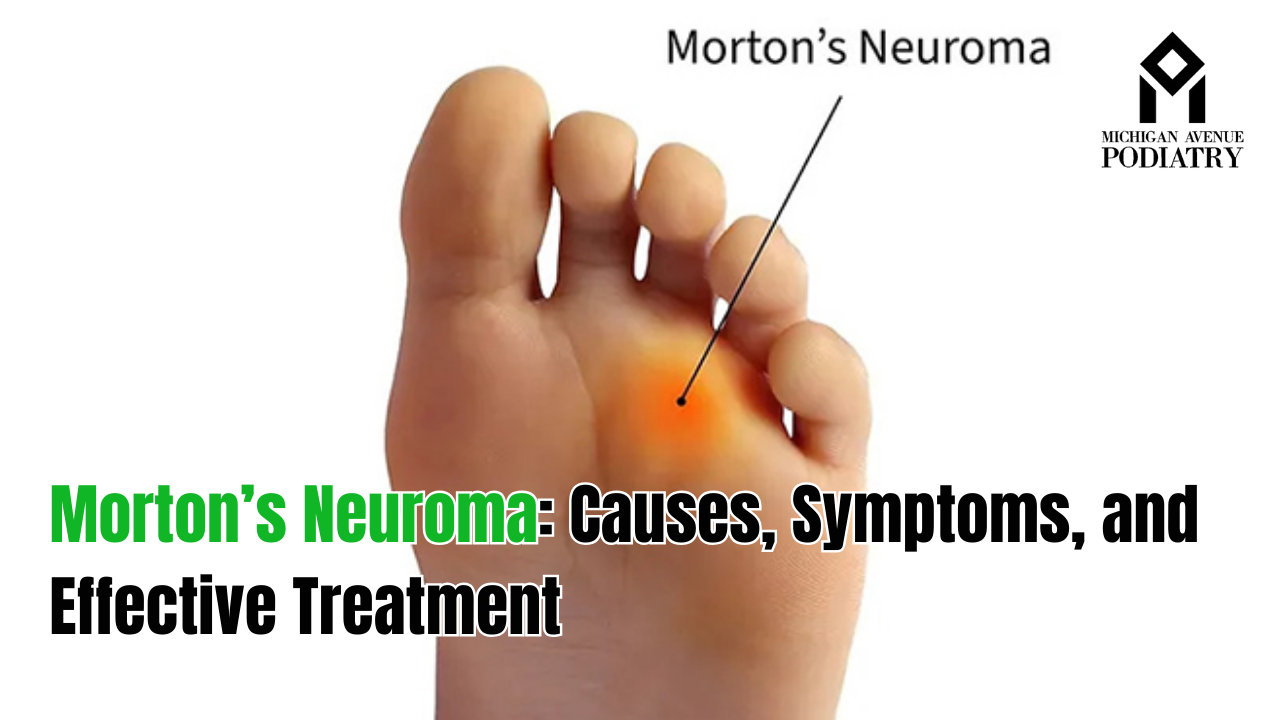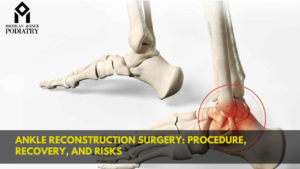Morton’s Neuroma is a common yet often misunderstood foot condition that can cause significant discomfort and pain. As a podiatrist or foot doctor, it’s essential to have a thorough understanding of this condition to provide the best possible care for your patients. In this comprehensive guide, we’ll delve into the causes, symptoms, and various treatment options available for Morton’s Neuroma.
What is Morton’s Neuroma?
Morton’s Neuroma is a benign growth of nerve tissue that typically develops between the third and fourth toes. It occurs when the tissue around a nerve that leads to the toes becomes thickened or swollen, causing pain and discomfort. While the exact cause of Morton’s Neuroma is not always clear, several factors are believed to contribute to its development.
Causes of Morton’s Neuroma:
Footwear: Tight-fitting or high-heeled shoes can increase pressure on the toes and the ball of the foot, leading to the development of Morton’s Neuroma.
Foot Structure: Individuals with certain foot deformities, such as high arches or flat feet, may be more prone to developing Morton’s Neuroma due to the abnormal distribution of weight and pressure on the foot.
Repetitive Activities: Activities that involve repetitive pressure on the forefoot, such as running or participating in high-impact sports, can contribute to the development of Morton’s Neuroma over time.
Foot Trauma: Previous foot injuries or trauma, such as stubbing the toe or participating in activities that place excessive stress on the feet, can increase the risk of developing Morton’s Neuroma.
Symptoms of Morton’s Neuroma:
The symptoms of Morton’s Neuroma can vary from person to person, but common signs include:
Pain: Sharp or burning pain in the ball of the foot, typically between the third and fourth toes.
Numbness or Tingling: Some individuals may experience numbness or tingling in the toes or the ball of the foot.
Feeling of a Lump: Patients often describe feeling as though there is a lump or foreign object inside the shoe, particularly when walking or standing.
Worsening Pain with Activity: Pain and discomfort may worsen with activities that place pressure on the affected area, such as walking or wearing tight shoes.
Treatment Options for Morton’s Neuroma:
As a podiatrist or foot doctor, it’s essential to offer a range of treatment options tailored to each patient’s individual needs. Some common treatment options for Morton’s Neuroma include:
Orthotic Inserts: Custom orthotic inserts can help redistribute pressure on the foot and provide cushioning and support to relieve pain and discomfort.
Footwear Modification: Encourage patients to wear shoes with a wider toe box and low heels to reduce pressure on the forefoot and alleviate symptoms.
Physical Therapy: Stretching and strengthening exercises prescribed by a physical therapist can help improve foot mechanics and reduce the risk of further complications.
Corticosteroid Injections: Injections of corticosteroids into the affected area can help reduce inflammation and alleviate pain temporarily.
Surgical Intervention: In severe cases where conservative treatments fail to provide relief, surgical removal of the neuroma may be necessary to alleviate symptoms and restore function.
Conclusion:
Morton’s Neuroma can be a debilitating condition that significantly impacts an individual’s quality of life. As a podiatrist or foot doctor, it’s essential to stay informed about the causes, symptoms, and treatment options available for this condition to provide the best possible care for your patients. By offering a comprehensive approach to treatment, you can help your patients find relief from pain and discomfort associated with Morton’s Neuroma and improve their overall foot health and well-being.



